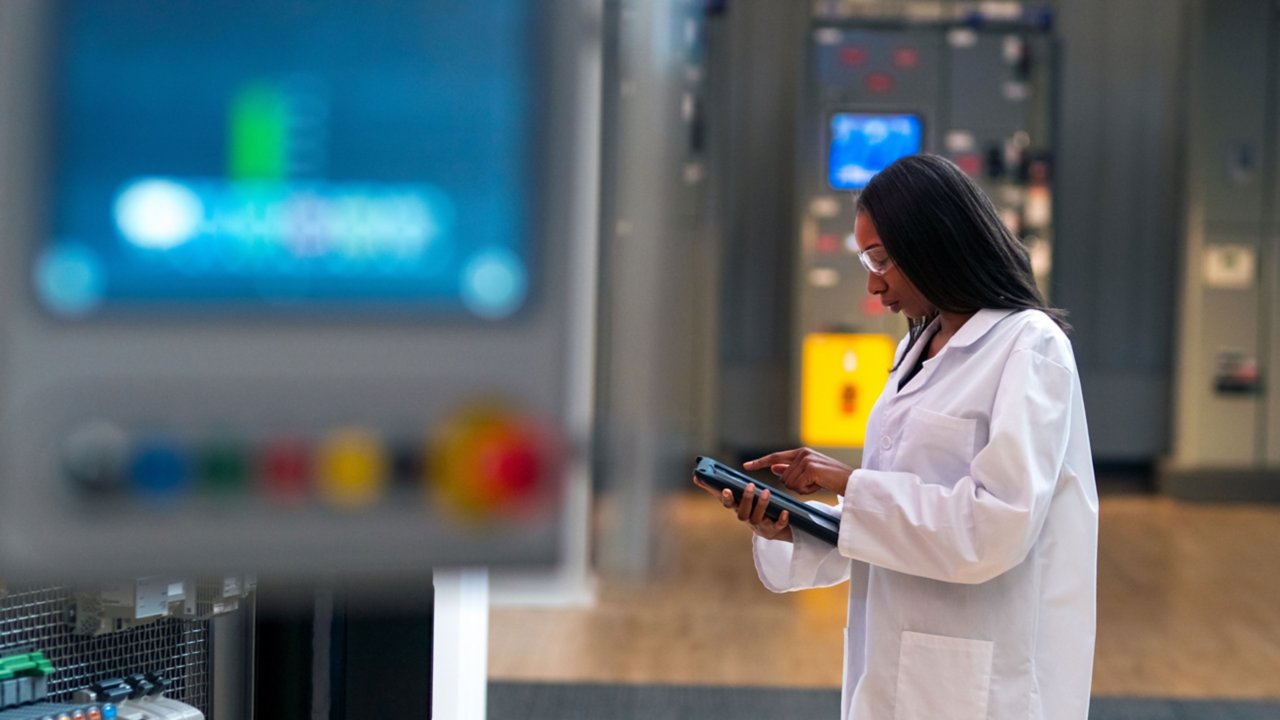Much has been said about the relationship between digital transformation and supply chain agility, resiliency, and sustainability.
Nowhere do we understand that relationship more deeply than in my organization. We drive manufacturing and operational excellence – launching products on time and as promised, with the expected quality and at a competitive cost.
Our end-to-end supply chain practices must be agile enough to make faster changes, and resilient enough to recover from a lack of raw materials, product, or capacity. Agility will ensure the right cost, service and quality given external marketplace factors. Resilience will mitigate the impact of disruption where there’s potential points of failure.
At our core, we are developing and deploying standards as well as technical solutions for the manufacturing and fabrication processes within our factories. Our operations have always been efficiency driven but now, through our evolution towards a digitally transformed integrated supply chain, we are on our journey to be more than that.
Digital transformation is the foundation for us to manage the complexity of vast amounts of data and insights. We have the ability to use the latest processes and technology solutions to contend with disruptions while we balance agility with speed, efficiency and capacity.
And it’s the foundation for one of the greatest outcomes of digital transformation: a better employee experience.

